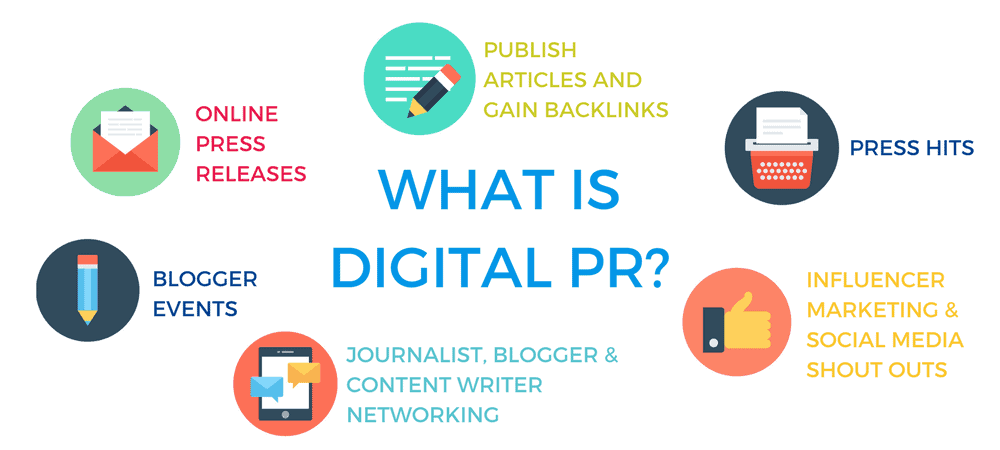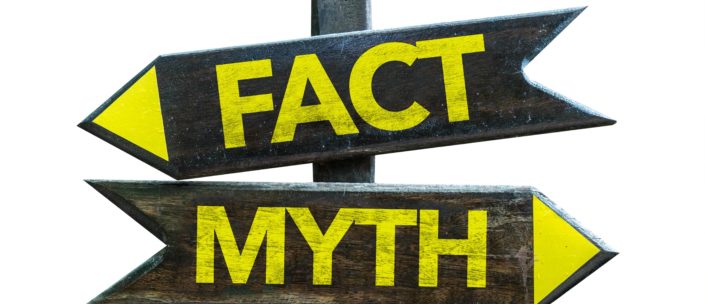PR, otherwise known as public relations, is a $68.3 billion dollar industry in the United States and encompasses everything from publicity to crisis management. Public relations professionals work with individuals, brands, government agencies, and corporations to help shape their brand identities, manage their communications, and promote their work.
But even with what sounds like a pretty straightforward job description, people often get the work of public relations confused.
Related post: Strategic Public Relations: Planning, Process, and Execution
That could be because the industry operates in so many different silos. Or because PR professionals’ jobs straddle so many different duties. One day, a publicist might be handling a social media account; the next they could be drafting a newsletter. They work with the mainstream media as facilitators and spokespeople but also help generate branding for clients. PR professionals are, no exaggeration, everywhere and have their hands in everything, so is it any wonder their work confounds so many?
So let’s clear things up. This guide will examine 13 of the most common misconceptions about public relations.
13 Common PR Myths You Need to Forget
1. PR is only for large companies.
One of the most common PR myths is that it’s only for large companies with big budgets. In reality, PR is just as crucial for small and mid-sized businesses. PR can help to level the playing field and create a strong brand identity for companies of all sizes.
2. PR can do anything.
“It’s PR, not ER” is a common refrain said within the public relations industry and that tongue-in-cheek quote means that while publicists can do a lot, they’re not magicians.
Just because publicists are great communicators doesn’t mean they can guarantee your brand will get a front-page spread in the New York Times. Nor can their strategies shield bad practices from becoming public.
Unlike the myth, what PR can do is help guide a business’s reputation along the way, helping it avoid land mines and securing great media coverage to build customer interest and loyalty while hopefully gathering earned media along the way.
3. Great PR translates directly to sales.
Wouldn’t it be great if it was all that easy–get some great publicity and suddenly see sales skyrocket? PR can increase interest in a product or brand, but it alone doesn’t ensure shoppers will come pounding on your door.
What B2B PR can do is build trustworthiness in a brand or product. It can increase leads but doesn’t necessarily translate directly to sales. To do that, a brand needs to share and repurpose that coverage wherever they can be it on social media, in blog posts, ads, etc.
4. PR is spin.
First, let’s define spin. Spin means adjusting the truth to fit your agenda.
But that can’t be the case if PR is there to facilitate trust in a brand. What PR is about, in actuality, is elevating a message through transparent and engaging ways. Not just doctoring up a concept to suit a brand’s needs — nasty tactic consumers can smell a mile away.
5. PR is just about getting media coverage.
A common PR myth is that it’s all about getting media coverage. While media coverage is certainly an important aspect of PR, it’s not the only one. PR encompasses a wide range of tactics, including influencer outreach, social media management, crisis communications, and more. PR professionals work to build and maintain relationships with key stakeholders, including customers, employees, investors, and the media.
6. Digital PR is only about social media.
In today’s digital world where people spend hours on Twitter, Instagram, TikTok, and YouTube, it’s a common PR misconception to think this is where the real hard work of publicists takes place.

But, “breaking” social media isn’t all digital PR is. Far from it. B2B social media marketing is but one asset in a publicist’s communication tool box. Is it important? Of course, but there are dozens of other elements that go into great PR, from internal messaging to e-newsletters, blogs, media relationships, brand partnerships, events, etc.
7. PR is only needed during a public relations crisis.
PR is critical during crisis management, certainly. In these cases, PR companies step into “staunch the bleeding” as it were, and rework a damaged reputation.
However, that’s not the only time you need to implement PR efforts making this a common misconception about public relations. In fact, an important measure to prevent the need for crisis management is to have a PR team all the time. With their guidance, you can avoid trouble in the first place.
Related post: 10 Ways to Handle a PR Crisis
8. There’s no such thing as bad publicity.
A huge PR misconception. This concept may have worked for, say, Vaudeville shows back in the 19th century, but hardly good practice today. Bad publicity is just that: bad. It can ruin a reputation or hurt sales whether it’s true or not.
This classic saying has been attributed to PT Barnum, the famous circus ringleader. And while that idea may have brought people buying tickets for his shows to see the madness he presented, it’s hardly a good idea for most businesses today.
That’s why so many brands employ PR teams on an ongoing basis, or even have them in-house, to manage a company’s messaging and handle any negative rumors or stories as they arise.
9. PR pros control what journalists write.
Too many business owners think that they can will journalists to write positive copy on their behalf. But even the best publicists can’t get a publication to do that, nor should they try. Good PR professionals understand the nature of the media and will work with them to give them accurate information and interesting potential angles, rather than trying to demand or cajole the writer into creating positive coverage.
10. PR results happen instantaneously.
If every PR decision saw immediate results, wouldn’t we all be working in the public relations industry? Instead, like anything, most PR strategies take time to execute and see tangible results.
For instance, say a glowing story comes out in a big publication on a brand owner. First, that story has to get into the hands of the publication’s readers. Then those readers have to actually read it. Then, often a story has to build buzz. Next, the information the readers took in has to manifest in buyer behavior–perhaps shopping with that brand, or signing up for a newsletter. PR is a long game, and as such, it can develop much more sustainable, healthy results as you invest in it continually over time.
11. PR works in a vacuum.
It would be nice if a brand could just hand over all of their PR work and wait for the results to start rolling in, but that’s rarely the case. PR is a partnership with a brand’s decisions makers and requires ongoing communication and feedback.

For instance, say a PR team is planning a new newsletter campaign. Publicists will go back and forth with the brand to determine the right messaging and ensure there are no surprises. By working together, they can come up with the best way to promote a company.
Related post: 50 Incredible Examples of B2B Email Marketing
12. Good products don’t need PR.
You’ve heard the old saying “This thing sells itself.” And sure, a great product is already well ahead of the competition when it comes to sales. But the truth is, nothing sells itself. Every product or service requires PR to inform potential customers about what it’s all about and to build interest and trust in its quality.
This is one reason why so many PR agencies are partnering with social media influencers. These Instagram and Twitter stars already have large audiences who trust their opinions and taste. When they endorse a product, followers are more willing to believe in its quality and take a chance to buy it. That’s what publicists mean by good PR.
Related post: Approaching Influencers: The First Step to Influencer Marketing, Outreach, and Digital PR
13. There’s nothing a publicist can do that a business owner can’t.
Business owners know their brand best, and many believe they can handle all of their PR needs themselves. Many have tried–but alas, many have also failed. Whether you own a big company or small, accepting that the handling of publicity would be better served by an expert is often a tough thing to acknowledge.

But it can make a world of difference.
Rather than manage all of your social media accounts, newsletters, and media contacts solo, a PR firm can step in and bring their years of experience and close media relations to the table. And that’s not to mention their digital and design-savvy. Too often, when a business owner tries to handle their PR alone, the result can come off as unprofessional or amateurish. Instead, it pays to invest in a publicity team with the communication pros, data-driven insights, and digital savvy to make your brand look like a million bucks.
Want to learn more? Take a look at some of our case studies to see what we’ve accomplished for our PR clients.







